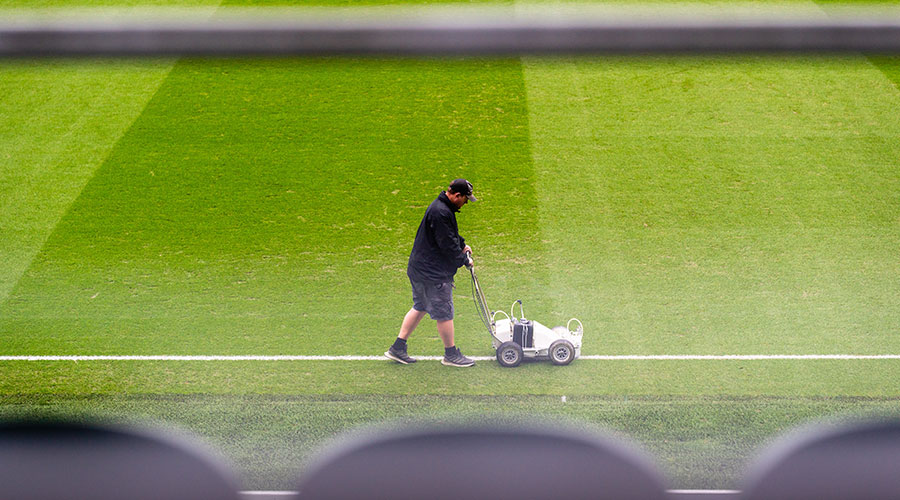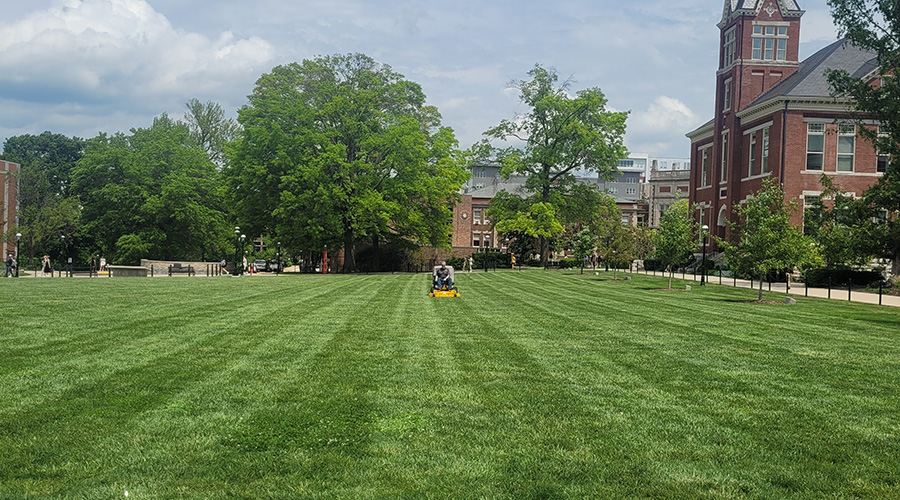Irrigation: How to Reduce Potable Water Use
Is sustainability in commercial and institutional landscaping really just code for more work, less budget, and no evident return on the investment? That scenario might have been the case yesterday, but today, grounds managers can achieve sustainable landscapes on budget, or even below budget, with little or no increase in staffing.
Indeed, landscape sustainability is now a hot-button issue. It has become a boardroom priority in facilities, and managers without a plan for sustainability soon will fall into the minority. The challenge for managers developing and implementing a plan comes from tougher local conservation rules, ever-increasing water costs, and stiffer federal regulations.
The good news is, technology has come a long way. A plethora of new techniques and technologies can help produce sustainable landscapes. Using the latest intelligent water-conservation and landscaping strategies, managers can earn a three-year return on investment, as well as pretty hefty annual cost savings beyond that.
Irrigation Considerations
The primary goal in irrigation is reducing use of potable water in landscapes — ideally, by about 50 percent from established baselines. Managers can use many methods to achieve this reduction. Inefficient irrigation is a big culprit in water waste. Most irrigation systems installed more than five years ago operate at less than 45 percent efficiency. WaterSense guidelines from the U.S. Environmental Protection Agency (EPA) require a minimum of 70 percent efficiency.
How can managers gain 25 percent in efficiency? First, conduct a water audit. Call a licensed landscape or irrigation contractor who can pinpoint waste and recommend strategies for savings. These strategies likely will include installing flow meters that monitor and control use in irrigation areas. Most systems have automatic shutoff features, so if a line happens to break, water flow will cease.
From an efficiency standpoint, drip-irrigation systems are an excellent option. The lines run about 2 inches below the surface, and water drips directly into the roots of plants. Drip-irrigation systems have an efficiency of 95 percent, compared to 50-65 percent efficiency of a traditional, overhead system.
If an existing irrigation system requires optimizing, managers can use several efficiency strategies. One strategy involves replacing older irrigation heads. Newer models can greatly improve the accuracy of water disbursement. These models irrigate turf and plants based on the individual amounts required, rather than overwatering in some areas and underwatering in others. Managers also can have irrigation systems designed and installed so trees, shrubs, and ground-cover plants are in separate hydro-zones. As plants become established, the system adjusts or discontinues watering by zone.
Related Topics:














